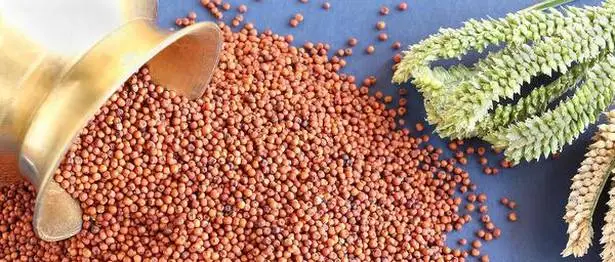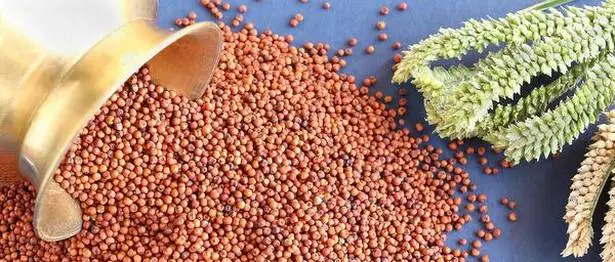The demand for millet in Africa is increasing due to its nutritional benefits, gluten-free properties, and drought resistance.

- Growing Demand: The demand for millet in Africa is increasing due to its nutritional benefits, gluten-free properties, and drought resistance. Countries like South Africa, Kenya, and Nigeria are driving this growth.- Market Size: The global millet market size was estimated at $36.94 billion in 2023 and is projected to reach $55.71 billion by 2030, growing at a CAGR of 6.2%. Africa is expected to play a significant role in this growth.-
Prices: In South Africa, the retail price range for millet is between $0.97 and $0.97 per kilogram or $0.44 and $0.44 per pound. Wholesale prices range from $0.68 to $0.68 per kilogram or $0.31 to $0.31 per pound.- Trade: The Middle East and Africa have become the world's leading millet importers, with Turkey, Kenya, the UAE, Saudi Arabia, and Morocco being the primary importing countries. Turkey's millet imports surged from 19,507 metric tons in 2022 to 28,900 metric tons in 2023.-
Initiatives: The India-Africa International Millet Conference took place in Nairobi, Kenya, aiming to raise public awareness about the nutritional and health benefits of millets and their suitability for cultivation under challenging conditions.- Production: Millet production in Africa is expected to grow, driven by increasing demand and government initiatives promoting sustainable agriculture and food security.
Some key players in the Africa millet market include⁴:- South Africa: A significant producer and trader of millet in the region.- Kenya: A major importer of millet, driving growth in the East African market.- Nigeria: A key player in West Africa, with initiatives like the introduction of biofortified pearl millets to boost household nutrition and farmer productivity.- India: Collaborating with African countries to promote millet production, consumption, and trade through initiatives like the India-Africa International Millet Conference.
